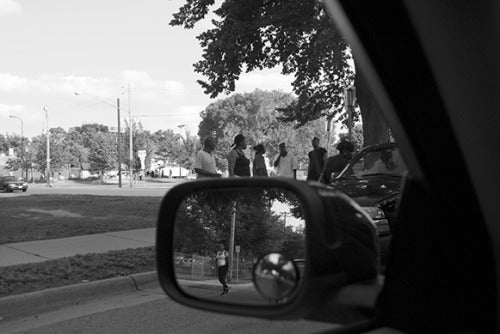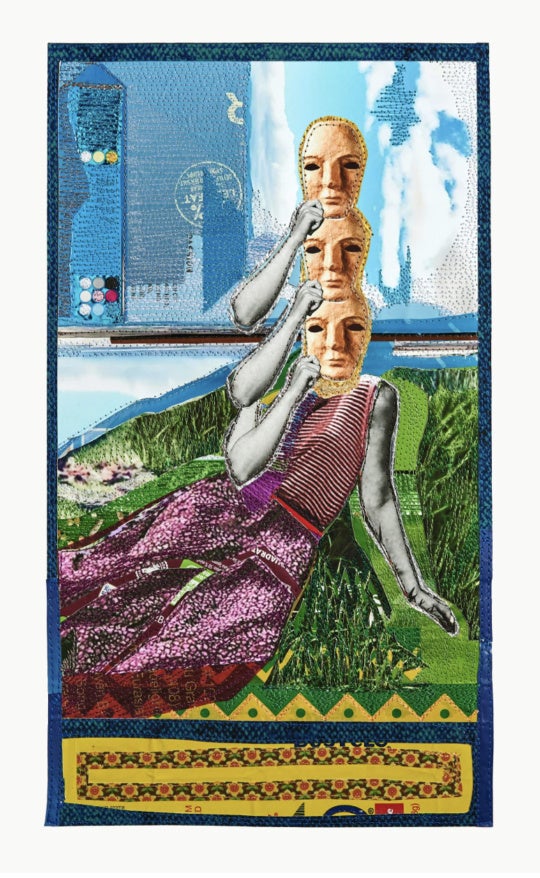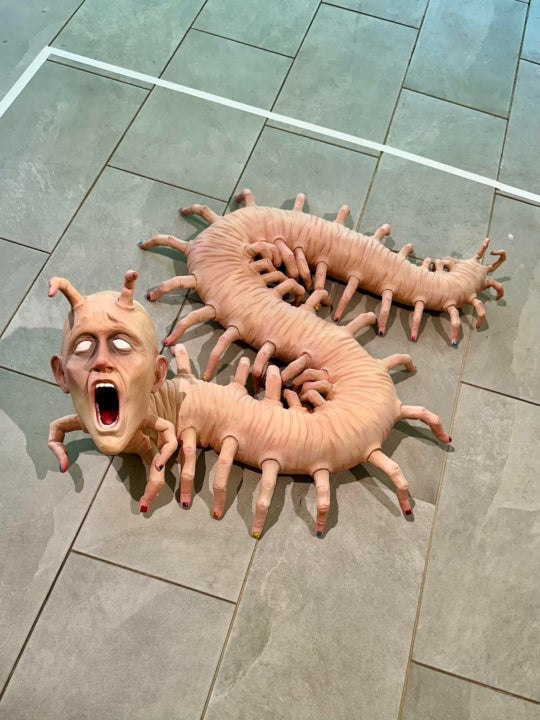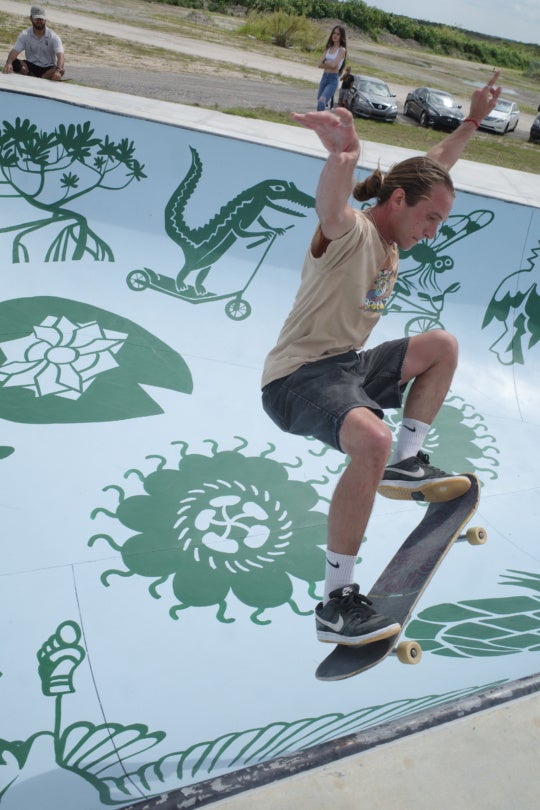
Anyone questioning Nashville’s contemporary art chops would do well to check out “A.I.R. ReFreshed” at Ground Floor Gallery through October 17. Gallery owner and the show’s co-curator Janet Decker Yanez says, “this exhibition showed me that artists around the country can be on equal footing with working artists from New York City.”

The A.I.R. (Artists in Residence) Gallery opened in 1972 in New York’s SoHo neighborhood, becoming the first all-female cooperative gallery in the United States. Since then, it has expanded in mission, now representing artists from around the country. “ReFreshed” combines the work of 32 A.I.R. members, and Nashville is its first stop. The works diverge in style, concept, and media, and their dialogue recognizes and respects these differences. Their placement seemed a daunting task to Yanez at first, but she says the work came together effortlessly: “the common bond we have as women and artists of the A.I.R. Gallery translates into a show rich with feelings and contradictions.” The exhibition will travel to San Francisco and to Princeton, New Jersey.
Standouts are Erica Stoller’s wall sculpture 7288. Stoller uses everyday materials—PVC pipe, pieces of hula hoops, and swimming noodles, to name a few—to form configurations that create tension within the materials. Julia Kim Smith’s minimalist, conceptual work explores identity in the social and political landscape. Her Domesticated Beauty: For the Love of Wonder is a human skull with many hairline fractures. It puts a dark, contemporary spin on “the problem that has no name” and asks the viewer to ponder the bone-deep effects of gender norms.

Because the exhibition features so many artists, it’s hard to leave with a unified point of view. Viewers may find themselves researching individual artists to ascertain the context of their work. Joo Yeon Woo’s leave to remain, a photograph of a slender yellow envelope containing neatly folded papers, can be read as a reflection of her nomadic life and relationship with place, but only when you know that the Korean-born artist describes herself as “culturally displaced.” It’s part of her What’s Your Name? series, which comments on how the identities of immigrants are often reduced to documents.
Alisa Henriquez’s collage on panel, Pagoda Verso, can be seen in the context of her other collage work, in which she appropriates images from popular culture to reanimate their message. Like a barrage of media-generated images, Pagoda Verso doesn’t let the eye rest. Daria Dorosh’s Patternwoman Walking, digitally printed on silk, repeats the image of a woman carrying a bundle, blurring it to suggest religious iconography. The blending of textiles and digital print is representative of Dorosh’s work, which integrates traditional practices with digital media.

The exhibition also raised questions familiar to white feminism’s legacy of exclusion.
Laura Crosby’s photograph Sex Trafficking via the Rear View Mirror is shot from the driver’s seat; a group of people on the sidewalk is in the foreground and an African American woman in a tank top, slacks, and Nikes is approaching in the rearview mirror. The photographer’s furtive perspective seems voyeuristic, more so when the work’s predatory title is considered.
For Nashville, whose growing contemporary art scene can sometimes feel a bit insular, “ReFreshed” does exactly what Yanez hoped it would: it offers a look into what’s driving contemporary artists around the country. The works on view demonstrate both a commitment to aesthetic fulfillment and a willingness to continue conversations about gender and subjectivity.





